- About us
- Support the Gallery
- Venue hire
- Publications
- Research library
- Organisation chart
- Employment
- Contact us
- Make a booking
- Onsite programs
- Online programs
- School visit information
- Learning resources
- Little Darlings
- Professional learning
Lionel Rose MBE (1948–2011) took up boxing in his early teens, having been introduced to the sport by his father, Roy, a tent-show fighter. He won the Australian amateur flyweight championship, aged fifteen, in 1963, the day after Roy's death. The eldest of nine, Rose went professional to help support his family, taking out the national bantamweight title in 1966. At nineteen, Rose accepted an opportunity to contest the world bantamweight belt in a bout against Mashiko 'Fighting' Harada in Tokyo in February 1968. Rose defeated Harada on points after a fifteen-round fight and returned to Melbourne a national hero. More than 250,000 turned out to cheer Rose on his return.
In this photograph, Mervyn Bishop captures Rose at the pinnacle of his success as the first Aboriginal Australian to win a world sporting title. This iconic image was taken at a press conference at Sydney airport in 1968 before the champion boxer left Australia for the USA to defend his world bantamweight title. At the time Bishop was a photographer for the Sydney Morning Herald, and was named Press Photographer of the Year three years later.
Purchased 2008
© Mervyn Bishop
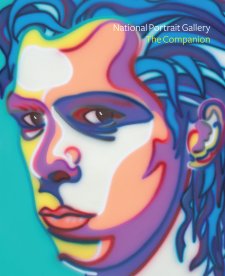
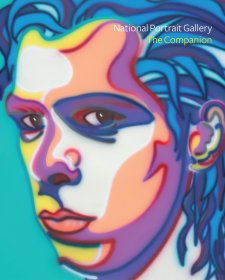
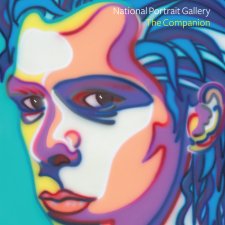
On one level The Companion talks about the most famous and frontline Australians, but on another it tells us about ourselves.
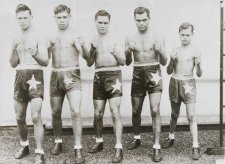
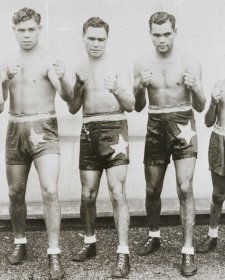
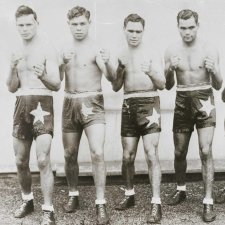
Joanna Gilmour explores photographic depictions of Aboriginal sportsmen including Lionel Rose, Dave Sands, Jerry Jerome and Douglas Nicholls.
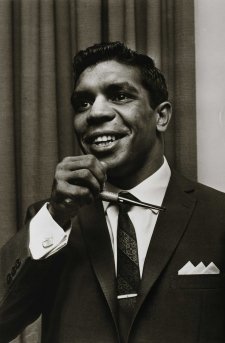
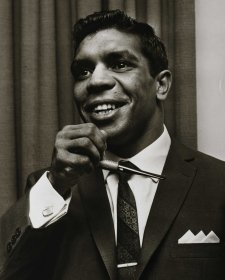
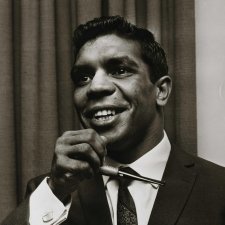
Two lively portrait photographs reflect the agility of their subjects: world champion Australian sportsmen Lionel Rose and Anthony Mundine.